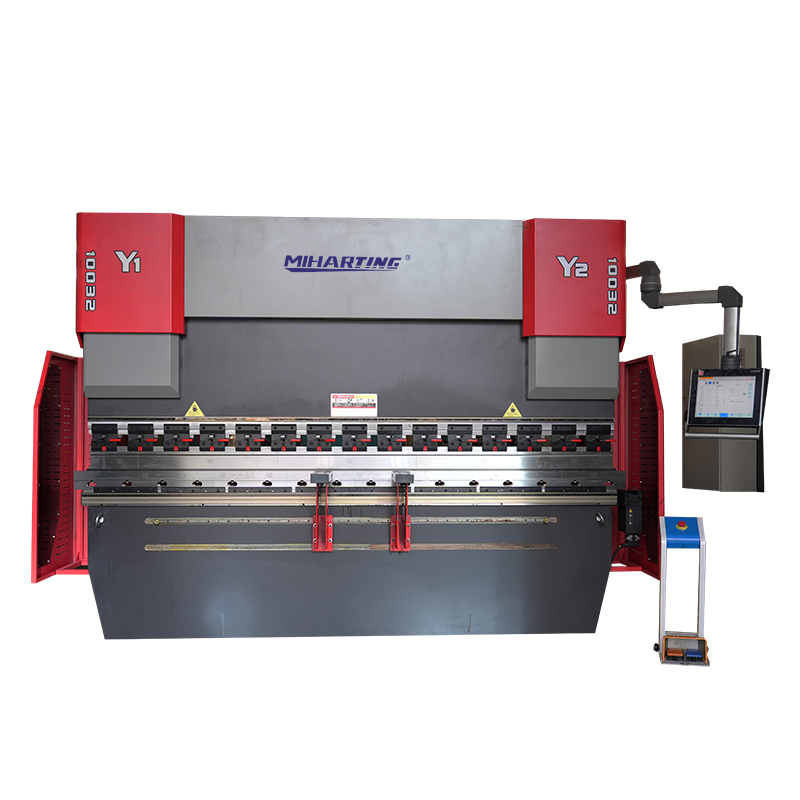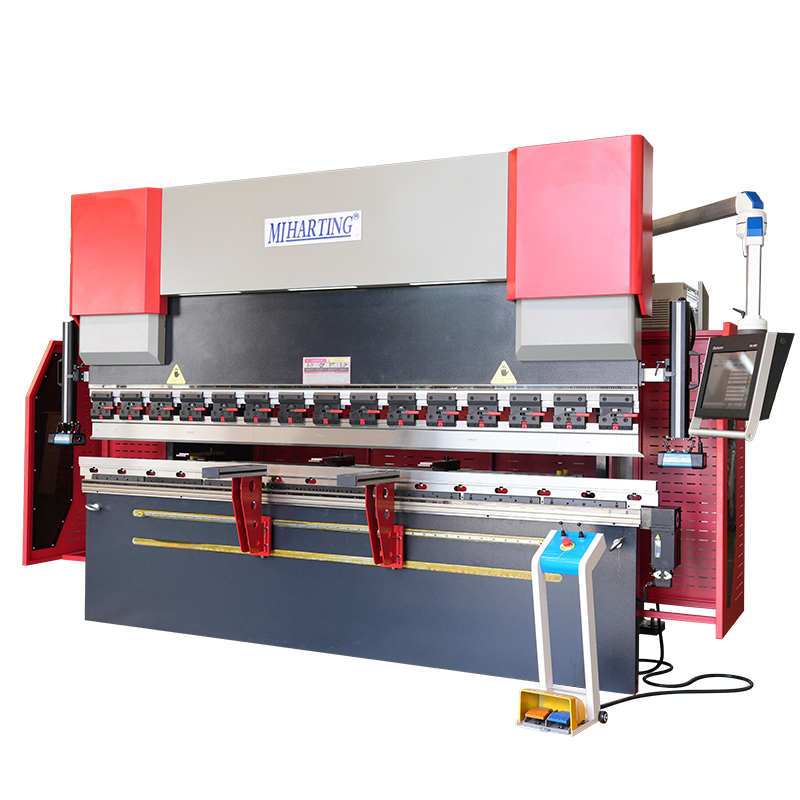When it comes to metal fabrication, two essential machines often come into play: the panel bender and the press brake. While both serve the purpose of bending metal, they do so in distinct ways, catering to different needs in the manufacturing process. This article explores the key differences between these two types of bending machines, focusing on their design, functionality, and application.
Design and Construction
Panel Bender
Panel benders are engineered for efficiency and precision in bending flat sheets of metal. They typically feature a series of upper and lower tooling that allows for multiple bends to be made in a single operation. The machine is often automated or semi-automated, which reduces the need for manual intervention. This design enables rapid changes between different bending tasks, making it ideal for high-volume production settings.
Press Brake
In contrast, press brakes are designed for versatility. Comprising a movable ram and a fixed bed, press brakes can accommodate various tooling options. This flexibility allows them to handle different thicknesses and types of materials, from thin sheets to thicker plates. While press brakes can also be automated, they often require more manual setup compared to panel benders.
Functionality and Operation
Panel Bender
The primary function of a panel bender is to create complex bends quickly and efficiently. The machine’s design allows it to produce multiple bends without needing to reposition the material frequently. This capability is particularly beneficial in industries where speed and accuracy are critical, such as automotive and appliance manufacturing.
Press Brake
Press brakes, on the other hand, are known for their precision and adaptability. They can produce a variety of bends, including sharp angles and gradual curves. Operators can customize the bending process to suit specific project requirements, making press brakes suitable for both small and large production runs. However, the setup time can be longer, especially when switching between different bending profiles.
Application Areas
Panel Bender
Due to their speed and efficiency, panel benders are predominantly used in high-volume production environments. They excel in applications that require consistent quality and rapid turnaround, such as in the fabrication of enclosures, panels, and brackets. Their automated capabilities allow manufacturers to optimize workflow and reduce labor costs.
Press Brake
Press brakes are versatile machines found in a variety of industries, from heavy equipment manufacturing to custom metalworking shops. They are ideal for projects that require a high degree of customization or specific bend angles. Their ability to handle a wide range of materials makes them suitable for both prototyping and large-scale production.
Both panel benders and press brakes play vital roles in metal fabrication, each with unique strengths. Panel benders are optimal for high-speed, automated bending of flat sheets into complex shapes, making them ideal for large-scale production. In contrast, press brakes offer versatility and precision for a broader range of materials and bending tasks, suitable for both low and high-volume applications.
Choosing the right machine depends on the specific requirements of the project, including the type of material, thickness, desired bend complexity, and production volume. By understanding these differences, manufacturers can make informed decisions that enhance their operational efficiency and product quality.






